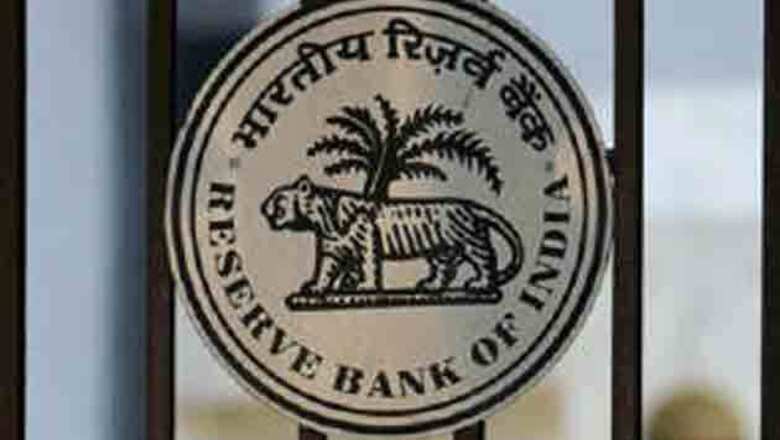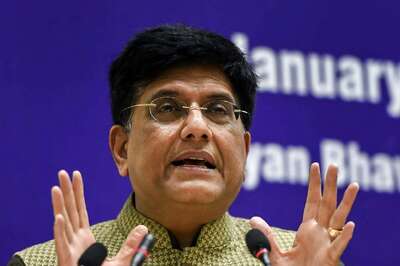
views
Mumbai: The Reserve Bank of India (RBI) is expected to keep interest rates unchanged on Tuesday, according to a Reuters poll, with respondents split over whether it will cut the cash reserve ratio (CRR) for banks.
The RBI has left rates on hold since a 50 basis point cut in April, and expectations for a further cut have been pushed from December into the first quarter of 2013 following guidance by the central bank in late October.
Of 41 analysts polled, 37 expect the RBI to keep the policy repo rate unchanged at 8 per cent in December.
Respondents were almost evenly divided on expectations for a cut in CRR, a tool the Reserve Bank of India has been using to ease a cash crunch and prod banks to loosen lending rates. At 4.25 per cent, CRR is at its lowest since 1976.
Of the 33 respondents, 16 expect a CRR cut on Tuesday of either 25 or 50 basis points, while most also expect a further CRR cut in the March quarter.
While expectations are near-unanimous for an interest rate cut in the March quarter, 20 of 36 respondents expect 50 basis points of cuts, which is deeper than the 25 basis point expected in the October pre-policy poll. The RBI is expected to review monetary policy in January and again in March.
"Given the fact that growth is in shambles, and inflation is sort of coming under control, I think they will reiterate the guidance this time and say a rate cut is likely in January," said Abheek Barua, chief economist with HDFC Bank in New Delhi.
RBI Gov. Duvvuri Subbarao said in the October policy review there was a "reasonable likelihood" of further easing in the January-March quarter, when inflation is expected to trend down.
India's economy grew at 5.3 per cent in the September quarter and is on track for its slowest performance in a decade for the fiscal year that ends in March.
Headline inflation is expected to rise to 7.6 per cent in November from a year earlier, compared with 7.45 per cent in October, a separate Reuters poll showed. The data is scheduled around 0630 GMT on Friday.
The central bank has been infusing liquidity in the market by buying bonds through open market operations (OMOs), a practice that many economists expect to continue instead of making further CRR cuts.
"The pecking order for policy most likely would be OMOs followed by CRR cut (in January) followed by repo rate cut (in March)," said Shubhada Rao, chief economist at YES Bank.



















Comments
0 comment